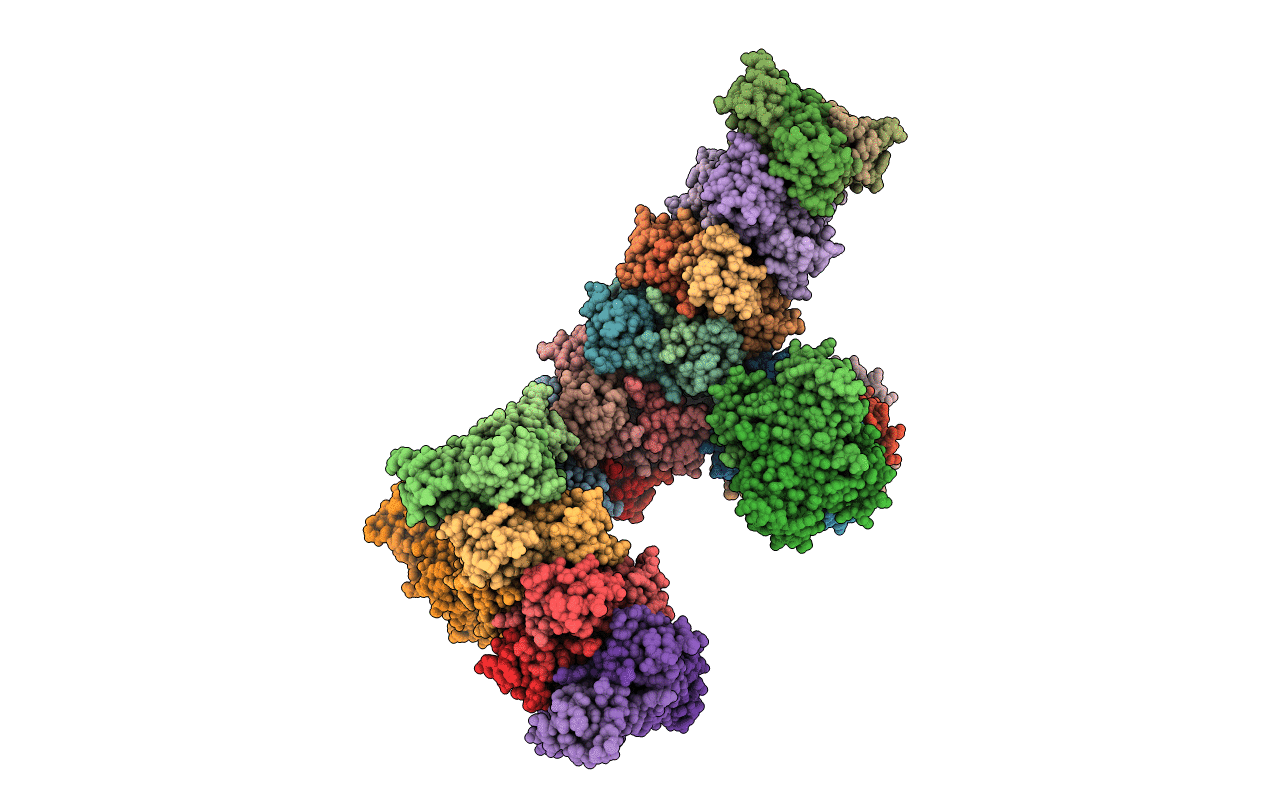
Deposition Date
2016-07-13
Release Date
2017-03-01
Last Version Date
2024-01-10
Method Details:
Experimental Method:
Resolution:
3.31 Å
R-Value Free:
0.29
R-Value Work:
0.26
R-Value Observed:
0.27
Space Group:
P 43 21 2


